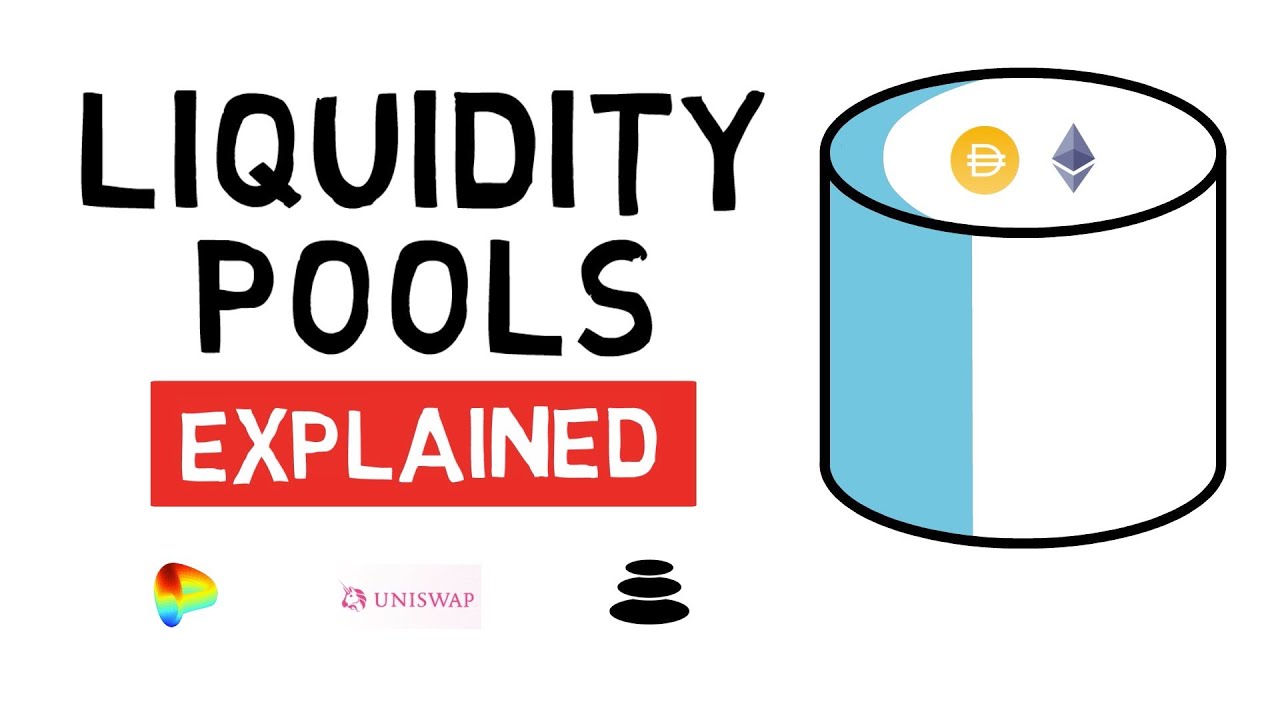Understanding Liquidity Pools in DeFi

- What are Liquidity Pools in DeFi?
- The Role of Liquidity Providers in DeFi
- Benefits and Risks of Participating in Liquidity Pools
- How Automated Market Makers Work in Liquidity Pools
- Strategies for Maximizing Returns in DeFi Liquidity Pools
- Challenges and Future Developments in the Liquidity Pool Ecosystem
What are Liquidity Pools in DeFi?
Liquidity pools in DeFi refer to a collection of funds locked in a smart contract. These pools enable users to trade assets without the need for a centralized intermediary. When you contribute funds to a liquidity pool, you receive tokens representing your share of the pool. These tokens can be used to redeem your portion of the pool at any time.
One of the key benefits of liquidity pools is that they provide liquidity for decentralized exchanges, allowing users to trade assets seamlessly. By contributing funds to a pool, you earn a portion of the trading fees generated on the platform. This can be a lucrative way to earn passive income on your crypto assets.
However, it’s important to note that providing liquidity to a pool comes with risks. Impermanent loss can occur when the price of the assets in the pool fluctuates. This can result in a reduction in the value of your holdings compared to if you had simply held the assets. It’s essential to understand these risks before participating in a liquidity pool.
The Role of Liquidity Providers in DeFi
One crucial aspect of decentralized finance (DeFi) is the role of liquidity providers in liquidity pools. Liquidity providers play a vital role in ensuring that there is enough liquidity in the pool for users to trade assets seamlessly. By depositing their assets into a liquidity pool, providers earn fees based on the trading activity that occurs using their assets.
These providers essentially act as market makers, facilitating trades by providing the necessary liquidity. They help to reduce slippage, which is the difference between the expected price of a trade and the actual price at which the trade is executed. The more liquidity providers there are in a pool, the lower the slippage will be, making it more attractive for traders to use the pool.
Furthermore, liquidity providers are incentivized to participate in liquidity pools through various mechanisms such as yield farming, where they can earn additional tokens as rewards for providing liquidity. This incentivization helps to attract more providers to the pool, thereby increasing liquidity and improving the overall trading experience for users.
Benefits and Risks of Participating in Liquidity Pools
Participating in liquidity pools in DeFi can offer various benefits and risks that individuals should consider before getting involved. Understanding these factors is crucial for making informed decisions in the decentralized finance space.
One of the key benefits of participating in liquidity pools is the opportunity to earn passive income through trading fees. By providing liquidity to a pool, individuals can earn a share of the fees generated by trades on the platform. This can be a lucrative way to grow your cryptocurrency holdings over time.
Additionally, participating in liquidity pools can also provide individuals with access to a wide range of tokens for trading. This can be especially beneficial for those looking to diversify their cryptocurrency portfolio and take advantage of different investment opportunities in the market.
However, it is important to note that there are also risks associated with participating in liquidity pools. One of the main risks is impermanent loss, which occurs when the value of the tokens in the pool fluctuates. This can result in a loss of funds compared to simply holding the tokens in your wallet.
Another risk to consider is the potential for smart contract vulnerabilities or hacks in the DeFi space. While decentralized platforms aim to provide security and transparency, there have been instances of exploits that have resulted in significant financial losses for users.
Overall, participating in liquidity pools can be a rewarding experience for those willing to take on the associated risks. By understanding the benefits and risks involved, individuals can make informed decisions and navigate the DeFi landscape with confidence.
How Automated Market Makers Work in Liquidity Pools
Automated Market Makers (AMMs) are a key component of liquidity pools in decentralized finance (DeFi). These algorithms facilitate the exchange of assets without the need for traditional order books. Instead, AMMs rely on a pricing mechanism that adjusts based on the ratio of assets in the pool.
When a user wants to trade a specific asset, they can do so by interacting with the liquidity pool. By providing liquidity to the pool, users can earn fees based on the trading activity. This process helps ensure that there is always liquidity available for traders, even in assets with lower trading volumes.
AMMs work by using a mathematical formula to determine the price of assets in the pool. One of the most common formulas used is the Constant Product Market Maker model, which was popularized by the Uniswap protocol. This formula ensures that the product of the two assets in the pool remains constant, which in turn helps maintain a stable price.
Strategies for Maximizing Returns in DeFi Liquidity Pools
When it comes to maximizing returns in DeFi liquidity pools, there are several strategies that can be employed to optimize your investment. By following these strategies, you can increase your chances of earning higher yields and minimizing risks.
- Diversification: Spread your investment across multiple pools to reduce the impact of impermanent loss.
- Regularly rebalance your portfolio to maintain optimal asset ratios and maximize returns.
- Stay informed about the latest trends and developments in the DeFi space to make informed investment decisions.
- Consider using automated market makers (AMMs) to take advantage of arbitrage opportunities and maximize profits.
- Monitor your investments closely and be prepared to adjust your strategy as market conditions change.
By following these strategies, you can make the most of your investment in DeFi liquidity pools and achieve higher returns over time. Remember to always do your own research and consult with financial advisors before making any investment decisions.
Challenges and Future Developments in the Liquidity Pool Ecosystem
As the DeFi space continues to evolve, liquidity pools face several challenges and opportunities for future development. One of the main challenges is the issue of impermanent loss, which occurs when the value of assets in a liquidity pool fluctuates. This can result in losses for liquidity providers, impacting the overall efficiency of the pool. Developers are actively working on solutions to mitigate impermanent loss, such as dynamic fees and algorithmic strategies.
Another challenge is the lack of interoperability between different liquidity pools and protocols. This limits the efficiency of capital allocation and hinders the growth of the DeFi ecosystem as a whole. To address this issue, developers are exploring ways to create cross-chain liquidity pools that can interact seamlessly with various blockchains and protocols.
Furthermore, the security of liquidity pools remains a critical concern. With the increasing value locked in DeFi protocols, hackers are constantly looking for vulnerabilities to exploit. Developers are implementing advanced security measures, such as multi-signature wallets and auditing processes, to protect users’ funds and ensure the integrity of liquidity pools.
Looking ahead, the future of liquidity pools in DeFi is promising. With ongoing innovation and collaboration within the ecosystem, we can expect to see more efficient and secure liquidity pools that offer greater opportunities for users to earn passive income and participate in decentralized finance. By addressing the current challenges and embracing new developments, liquidity pools are poised to play a key role in the continued growth and adoption of DeFi.




